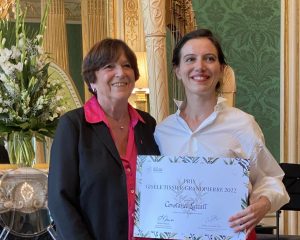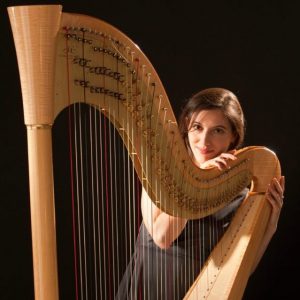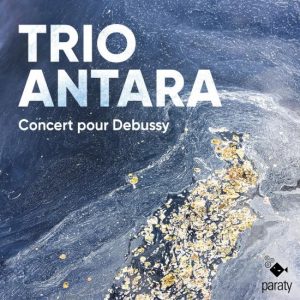Camac Blog
Jupiter in Alignment: Constance Luzzati and the music of Couperin, Duphly and Royer
News
September 19, 2024
This month will prove to be an auspicious one in terms of the harp section of the prestigious French classical label, Paraty. On 20 September, just a week after the release of the remarkable Concert pour Debussy (Trio Antara, Benoît Sitzia), the latest offering from Constance Luzzati will appear on the same label.
Jupiter which showcases not only the music of Couperin, but also the far less-often heard (at least, on the harp) of French claveciniste composers Royer and Duphly. Composers of this era had a remarkable knack for creating delicious miniatures, alive with very definite characters and stories. We asked Constance if the harp possessed a particular genius for small-scale works of this type:
“I’d say there are two types of piece for which the harp has a particular genius, both of which go in opposite directions: in pieces written in the “lute” style, with resonances that are written to tangle together, the harpsichordist has to keep his fingers down on purpose for the connections to take place. The harpist, on the other hand, has “nothing special to do”, since by nature the resonances will blend. The roundness of sound and fading, so difficult to find on the harpsichord, come naturally to the harp. At the other end of the spectrum, there are pieces that “conjure up extraordinary characters” by means of virtuosity and theatricality.
Médée or the Marche des Scythes are designed to resist the harpsichordist by virtue of their difficulty, and there’s something about the aesthetics, the expression of interpretation, that emerges from the resistance of the piece and in its being surpassed. This resistance is multiplied tenfold on the harp, and the unusual nature of the writing is even more perceptible. They make the harp sound in a way that is not at all usual in early music, reminiscent in a way of more contemporary music.”
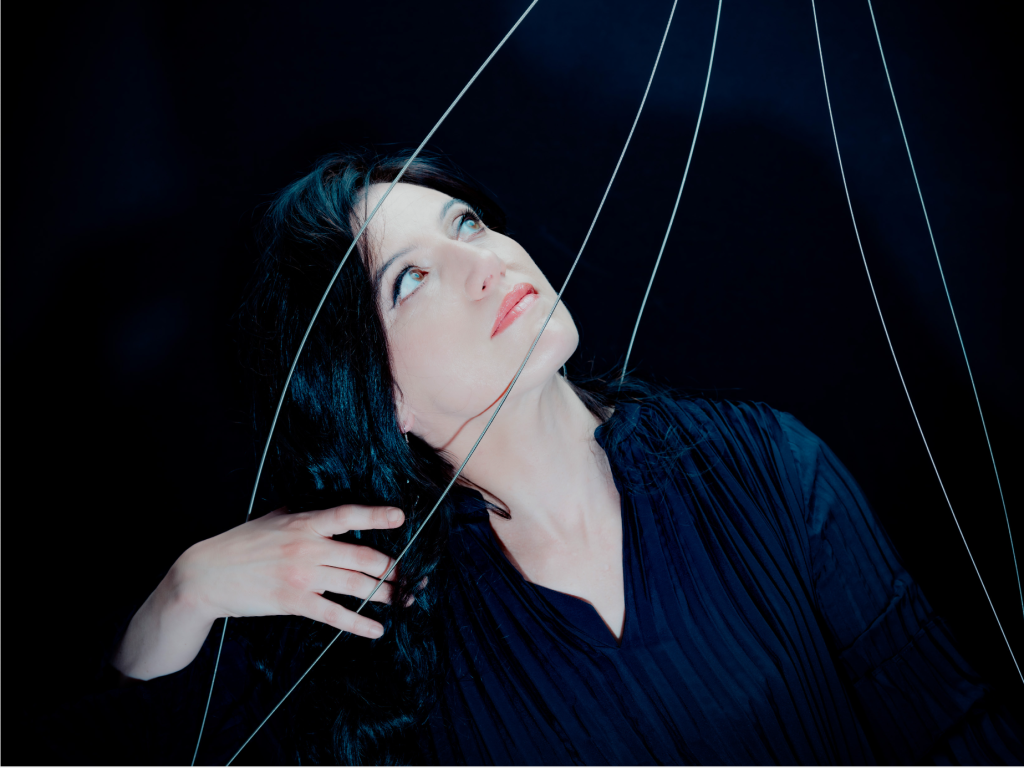
Constance Luzzati, photo: ©Lyodoh Kaneko
As Constance writes in her programme notes, these transcriptions for harp are a further step in a process that was widely accepted in the 18th century, where adaptation of single works for many instruments was commonplace. But with such a wealth of music potentially adaptable to the harp, how does the artist curate such a programme?
“I selected this repertoire by choosing the most expressive pieces (and that was difficult, because there are so many of them), the pieces I fell in love with, deliberately going for those that “overflow” a little or a lot: with harmonic tension, chromaticism, sweetness, virtuosity, theatricality, even if it means verging on the outrageous. I wanted to bring out the low register, the power that emanates from the transcription of certain pieces, pieces that are beautiful rather than pretty, that move deeply or are spectacular, that don’t leave anyone indifferent.”
Amongst the many ravishing and singular characteristics on this album, there is one aspect that is particularly striking. In some tracks (including in the eponymous track, Forqueray’s Jupiter) Constance does not play this music alone, but instead shares it with the eminent Theorbist Caroline Delume. The effect is breathtaking for the listener, but for the artists, what makes this collaboration so special?
“It’s incredible to work with two plucked instruments , and gut strings at that! It raises a lot of questions about the precision of the attack, the tuning, noises… but as the timbres are so close yet so different, we can play on their kinship. At times, we work to ensure that they are perfectly distinct, while at other times we seek something more along the lines of fusion, creating a kind of hybrid third instrument.”
It would seem that the extremely varied gifts and experience of such a collaborator was a gift to the entire project:
“Caroline is a theorbist with the Concert Spirituel ( under Hervé Niquet), and has a wealth of experience in making basso continuo, but she also plays a lot of contemporary guitar. Mixing an ancient instrument with a modern one didn’t frighten her, and she navigates between written parts and realization in a perfectly fluid manner. The Forqueray pieces we play together were originally written for viol and basso continuo, then transcribed for harpsichord; we’re exploring a path between the two.This allows the harp part to be lightened, the attacks in the lower register to be strengthened and resonances to be limited.”
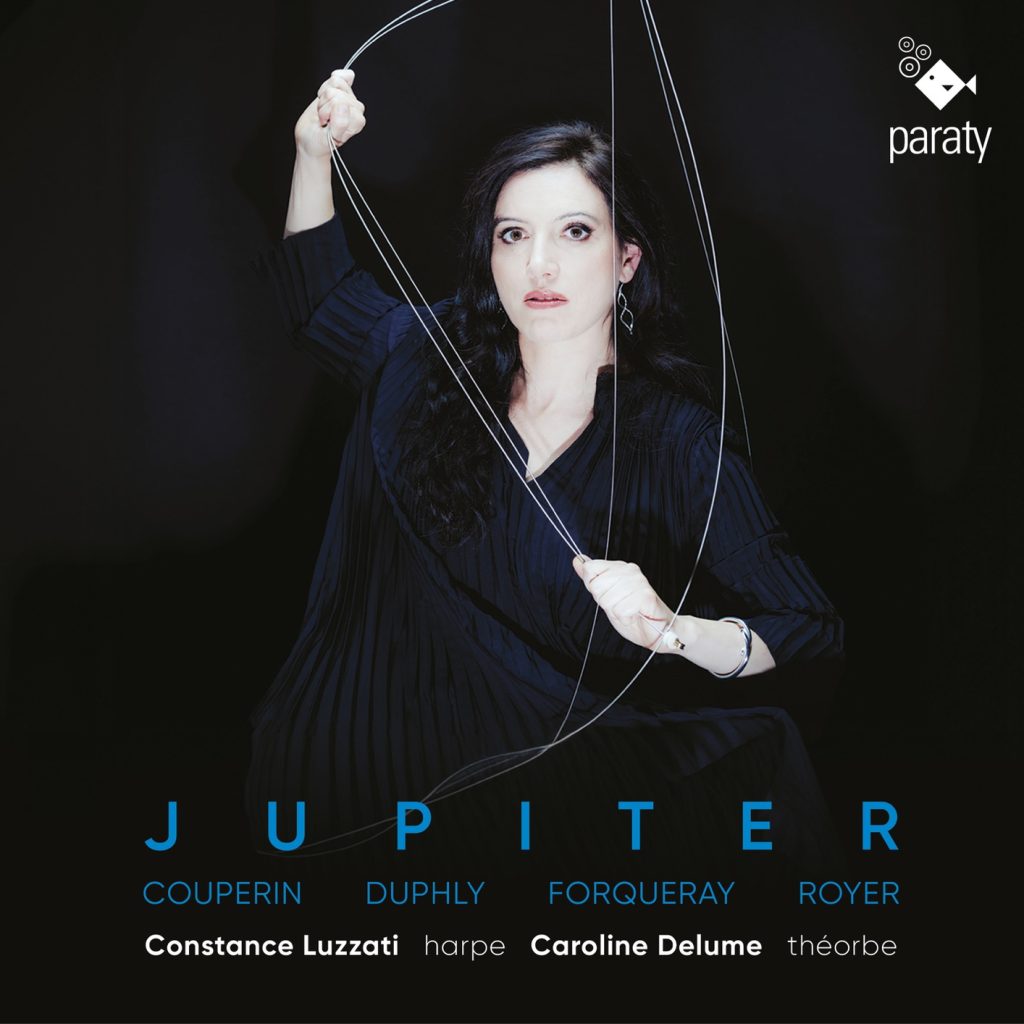
Jupiter: released on 20 September 2024 on the Paraty label
The process of curation, practising and learning, and then the feat of actually recording the works, are amongst the most demanding undertakings for a musician. Yet, the result is a collection so singular, so exquisitely conceptualised: an astonishing achievement. We asked, is there anything of which Constance is particularly proud?
“Yes, that I dared to do it. I’m a cautious person, rather worried about other people’s opinions, and I don’t always dare to do what I please. For once, I recorded the pieces I like, the way I like them, taking risks and standing by them. During the recording, I just tried to produce as much music as possible at every moment, to draw as far as possible on the energy of this music made to touch, to surprise…”

